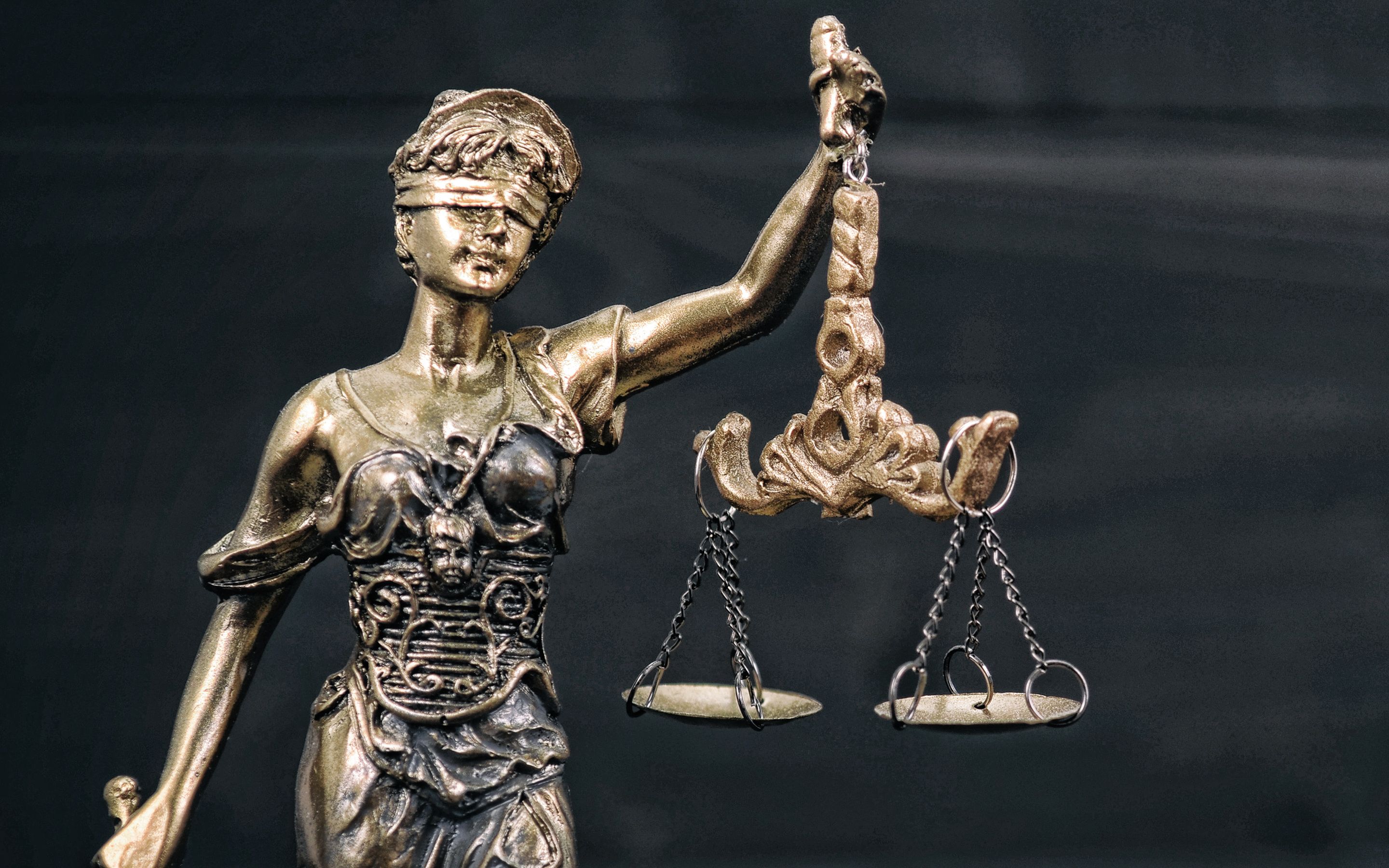


The Supreme Court of India recently delivered its judgment in the case of Allarakha Habib Memon & Others vs. State of Gujarat, a case that has garnered significant attention due to its complex legal arguments and the tragic nature of the events leading to the trial. This blog post delves into the key aspects of the case, the arguments presented by both sides, and the implications of the Supreme Court's decision.
The case revolves around the tragic death of Mohammad Sohail, a resident of New Memon Colony, Bhalej Road, Anand. The sequence of events that led to his untimely death began with a seemingly ordinary dispute over water supply in the residential blocks. What started as a disagreement quickly escalated into a fatal confrontation on the night of May 4, 2011. According to the prosecution, the accused—Allarakha Habib Memon, Amin @ Lalo Aarifbhai Memon, and Mohmedfaruk @ Palak Safibhai Memon—conspired to murder Mohammad Sohail in retaliation for an altercation that occurred a day earlier.
The trial court, after examining 18 witnesses and 131 documents, convicted the accused under Section 302 (murder) read with Section 120B (criminal conspiracy) of the Indian Penal Code (IPC). The appellants were sentenced to life imprisonment and a fine, which was later upheld by the Gujarat High Court. The accused then approached the Supreme Court, challenging the judgments of the lower courts.
Arguments Presented by the Defense
The defense put forth several arguments to cast doubt on the prosecution's case:
Credibility of Eyewitnesses: The defense questioned the credibility of key witnesses, including a police constable who was the first to arrive at the crime scene. They argued that the statements of these witnesses were inconsistent and that crucial evidence, such as daily diary entries, was not produced by the prosecution.
Delay in Filing the FIR: The defense highlighted discrepancies in the timeline of events, particularly the delay in registering the First Information Report (FIR). They argued that this delay cast doubt on the authenticity of the FIR and the sequence of events narrated by the prosecution.
Lack of Evidence Supporting Conspiracy: The defense also pointed out that no tangible evidence, such as the recovery of a scooter allegedly used by the accused, was produced to substantiate the charge of criminal conspiracy.
Prosecution's Stand
On the other hand, the prosecution emphasized the gravity of the crime and the overwhelming evidence pointing towards the guilt of the accused. They argued that the testimony of the eyewitnesses, corroborated by medical evidence, was sufficient to establish the guilt of the accused beyond a reasonable doubt. The prosecution also argued that the FIR was lodged promptly, considering the circumstances, and that any delay was not significant enough to warrant an acquittal.
After hearing the arguments from both sides, the Supreme Court upheld the convictions of the accused. The Court observed that the prosecution had presented a strong case, supported by credible eyewitness testimony and corroborative medical evidence. The Court dismissed the defense's arguments regarding the credibility of witnesses and the delay in filing the FIR, stating that these were not sufficient to overturn the convictions.
The Court's judgment is significant for several reasons. Firstly, it reaffirms the principle that discrepancies in witness testimonies or procedural delays do not automatically entitle an accused to acquittal, especially when the overall evidence points strongly towards guilt. Secondly, the judgment underscores the importance of corroborative evidence, such as medical reports and forensic analysis, in strengthening the prosecution's case.
The verdict in this case serves as a reminder of the complexities involved in the administration of justice. It highlights the challenges faced by the courts in balancing procedural fairness with the need to deliver justice, especially in cases involving serious crimes like murder.
While the defense raised valid concerns regarding the procedural aspects of the investigation, the Court's decision underscores the idea that justice cannot be derailed by technicalities when the evidence points clearly towards the guilt of the accused. This judgment also reinforces the importance of meticulous and thorough investigation by law enforcement agencies, as any lapses could potentially weaken the prosecution's case.
The Allarakha Habib Memon case is a poignant reminder of the tragic consequences of disputes escalating into violence. It also serves as an important legal precedent in understanding how the courts navigate complex criminal cases, balancing the rights of the accused with the pursuit of justice for the victims. As this case concludes, it leaves us with important lessons on the administration of justice, the role of evidence, and the solemn responsibility of the judiciary in upholding the rule of law.
TAGS: Supreme Court of India Allarakha Habib Memon case Criminal conspiracy Indian Penal Code (IPC) Section 302 IPC Section 120B IPC Life imprisonment